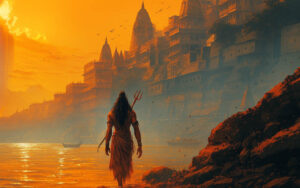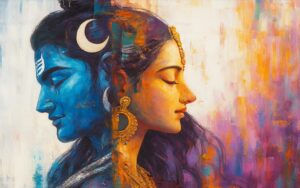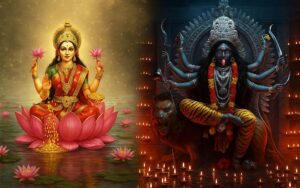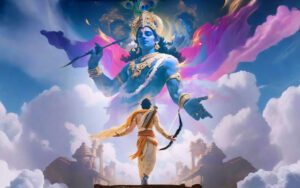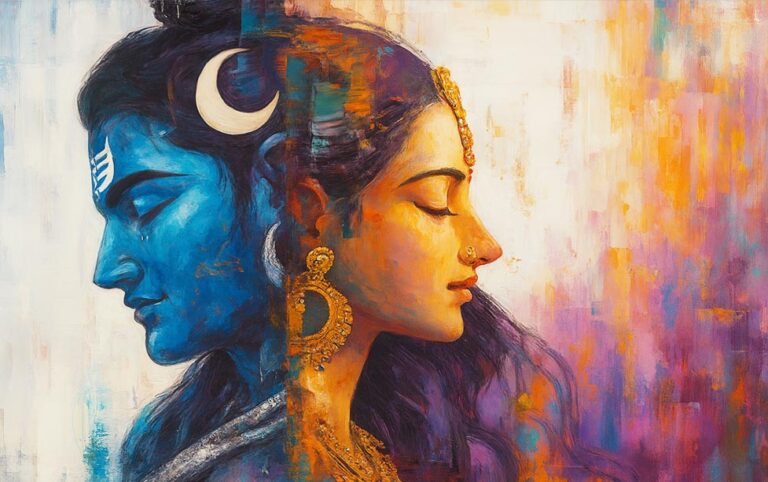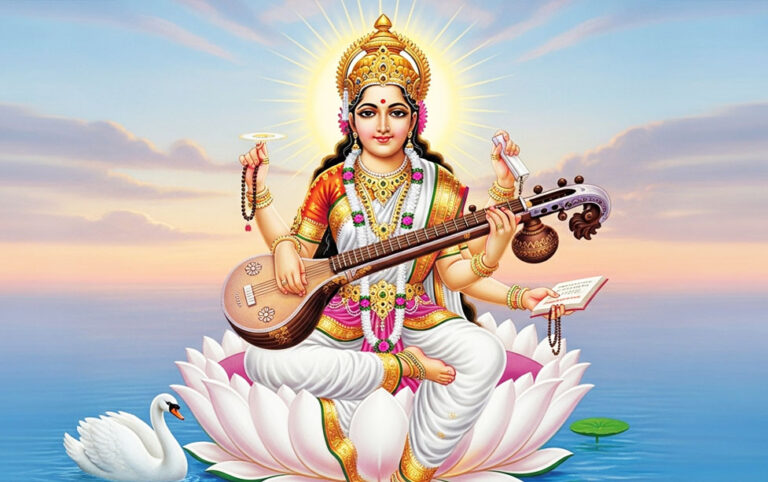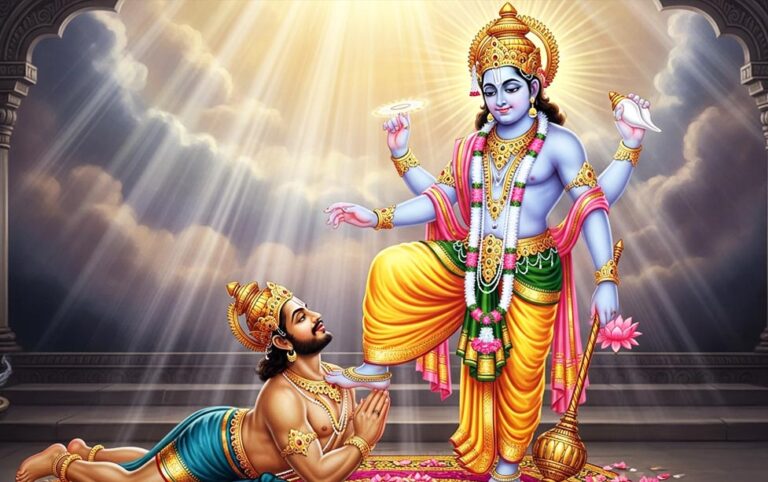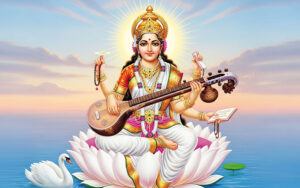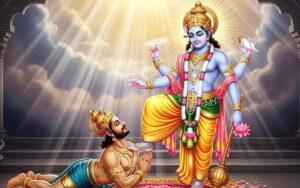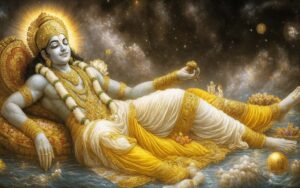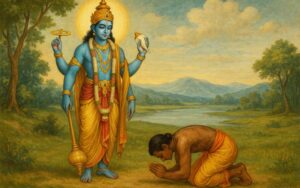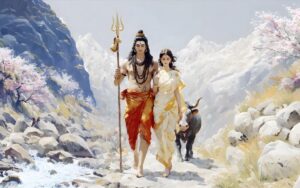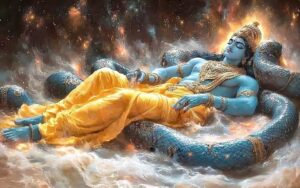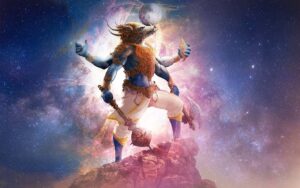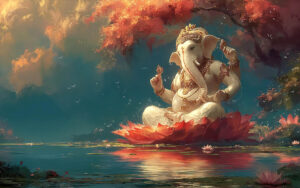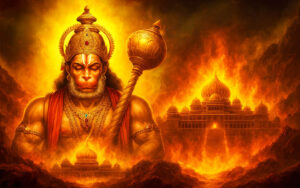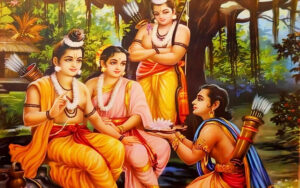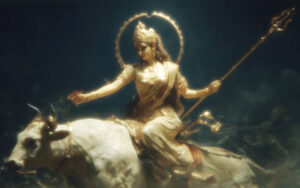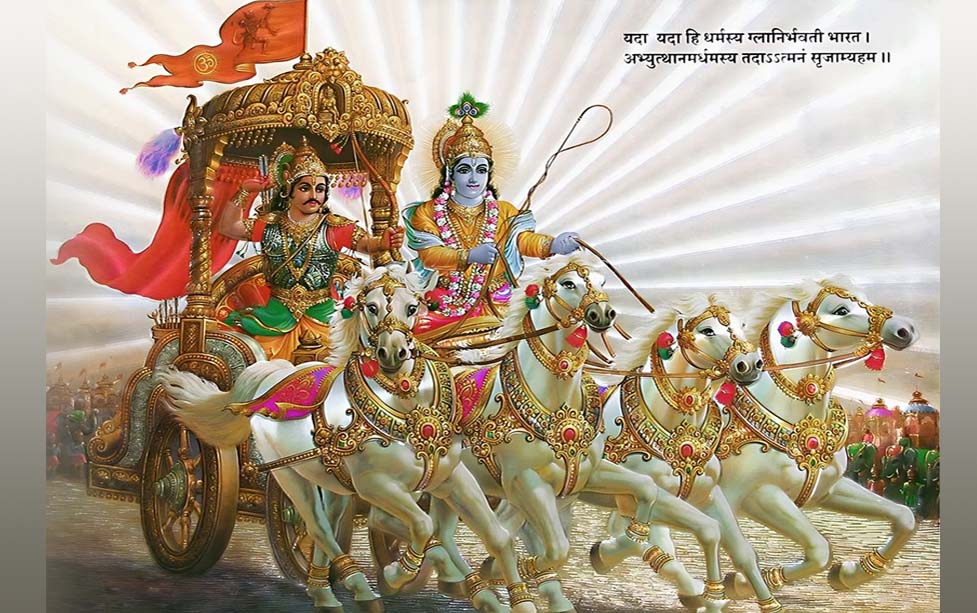
No time for reading the blog? Give it a listen on Spotify.

Beyond narrative and morality, the Kurukshetra war was a masterpiece of military strategy - here are the brilliant battlefield tactics that shaped history's greatest epic.
The Mahabharata war wasn’t just a clash of armies—it was a masterclass in ancient warfare, where strategy, psychology, and divine intervention shaped history. Beyond its spiritual lessons, the 18-day battle remains one of history’s most meticulously documented wars, featuring brilliant tactics that rival Sun Tzu’s Art of War.
Here’s how military genius unfolded on the fields of Kurukshetra:
The Grand Battle Formations (Vyuhas)
The war saw complex battlefield formations designed to maximize strengths and exploit enemy weaknesses. Some legendary vyuhas included:
Chakravyuha (Labyrinth Formation): Used on Day 13 to trap Abhimanyu. A rotating, multi-layered wheel that required precise entry and exit knowledge.
Garuda Vyuha (Eagle Formation): Deployed by the Pandavas, mimicking an eagle’s attack—spearheaded by Arjuna and supported by flanking warriors.
Krauncha Vyuha (Heron Formation): A wedge-shaped assault to break enemy lines, used by Drona.
Lesson: Ancient armies relied on disciplined formations—modern businesses use organizational structures similarly.
Psychological Warfare & Deception
The Mahabharata war wasn’t won by strength alone—it was shaped by cunning strategies:
Bhishma’s Fall: The Pandavas placed Shikhandi (who Bhishma vowed not to fight) in front, neutralizing their greatest foe.
Drona’s Demise: A false rumor about Ashwatthama’s death broke his will, leading to his defeat.
Karna’s Vow: Exploiting his promise that he would use divine weapon only once, Krishna saved Arjuna at a critical moment. (Author’s note: Karna had already used the Nagastra (serpent arrow) against Arjuna earlier in the war. Though he still possessed the even deadlier Vasavi Shakti (Indra’s spear), he could not use it—both due to his personal vow never to use divine weapons twice and because of Guru Parashurama’s curse: ‘Your weapons will fail you when you need them most.‘)
Lesson: Sun Tzu’s “All warfare is based on deception” was alive in Kurukshetra.
Specialized Warriors & Secret Weapons
The war featured elite warriors with unique skills:
Arjuna (The Archer): Master of divine weapons like Pashupatastra.
Bhima (The Brute Force): Wielded his mace to crush opponents in close combat.
Karna (The Invincible Archer): Had the Vijaya Bow and Kavacha-Kundala (armor-earrings) until Indra tricked him into giving them up.
Abhimanyu (The Fearless): Knew how to enter the Chakravyuha but not exit—a tragic flaw.
Lesson: Just as modern militaries have Special Forces, the Mahabharata had warriors with specialized roles.
The Role of Espionage & Intelligence
Shakuni’s Manipulation: Used misinformation to fuel Duryodhana’s ego.
Krishna’s Diplomacy: Before the war, he went as a peace envoy but secretly assessed Kaurava weaknesses.
Yudhishthira’s Truth as a Weapon: Exploited Drona’s love for his son to break his morale.
Lesson: Information is power—then and now.
The Turning Points: Key Battles Within the War
Day 10: Bhishma’s fall (using Shikhandi as a shield).
Day 14: Arjuna’s killing of Jayadratha to avenge Abhimanyu’s death.
Day 17: Karna vs. Arjuna—the ultimate archery duel.
Day 18: The brutal end with Ashwatthama’s night massacre.
Lesson: Wars are won by decisive moments, not just prolonged battles.
Modern Parallels: Business & Geopolitics
The Mahabharata’s strategies mirror today’s corporate and political battles:
Leadership: Krishna as the ultimate strategist (like a CEO).
Resource Management: Kauravas had numbers; Pandavas had skill (like startups vs. giants).
Ethics in War: Some tactics were ruthless, others noble—just like in modern warfare.
Lesson: The Mahabharata wasn’t just a war—it was a case study in strategy, leadership, and human nature.
If The Art of War had an ancient Indian counterpart, it would be the Mahabharata.
Both teach that victory goes not to the strongest, but to the smartest, most adaptable, and most resilient.


